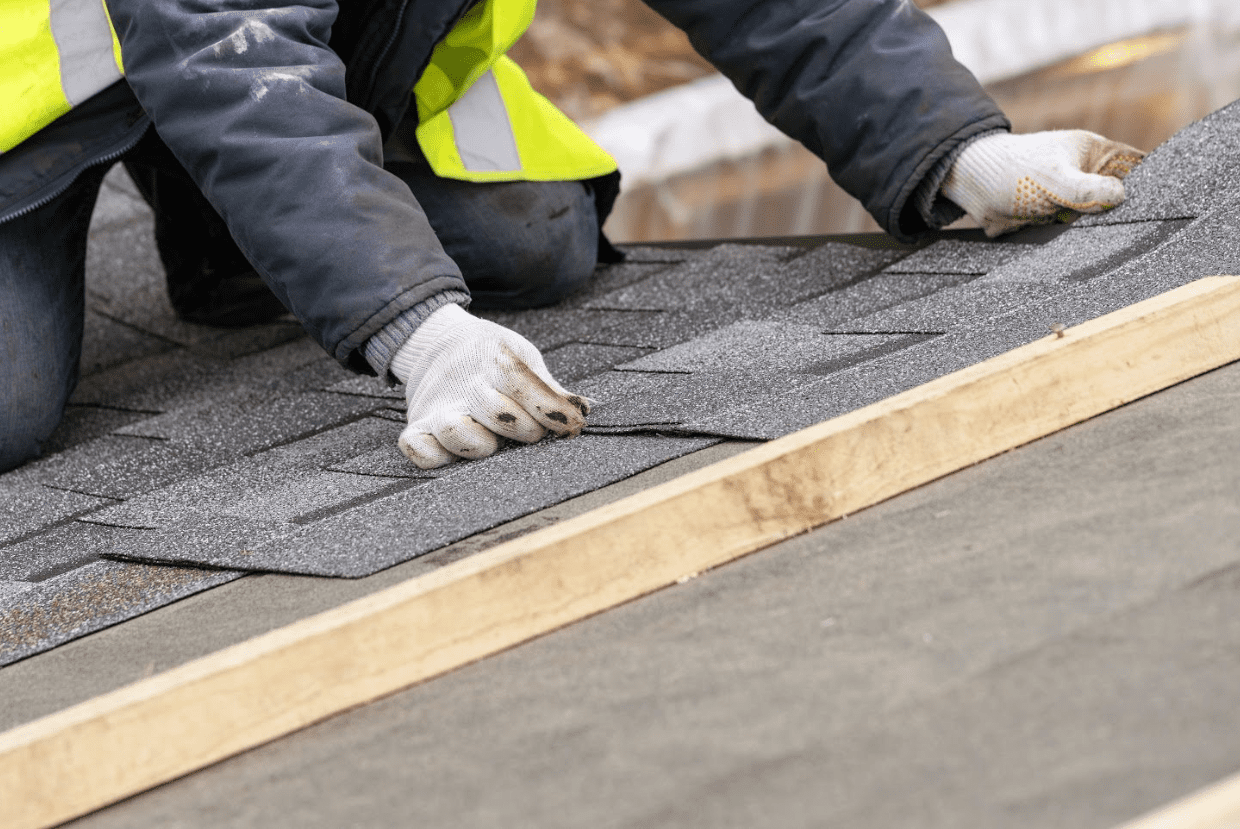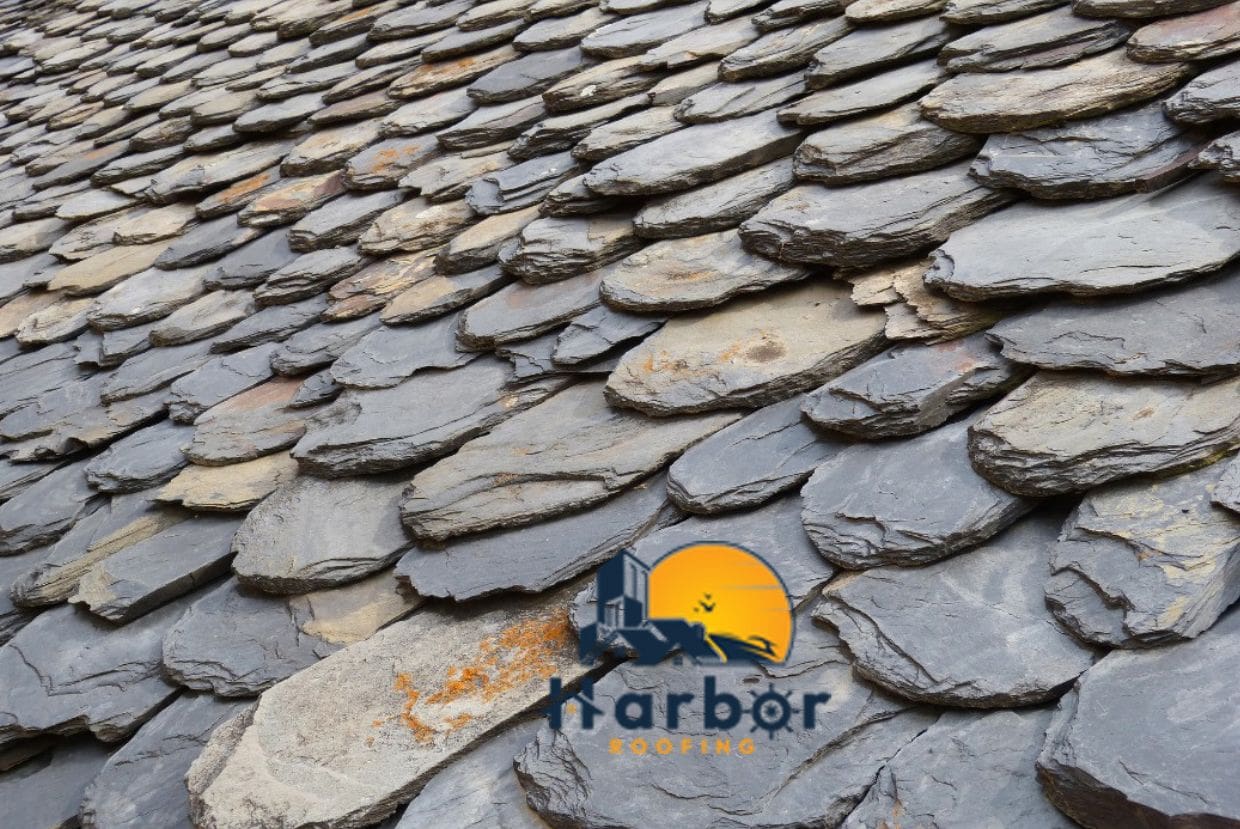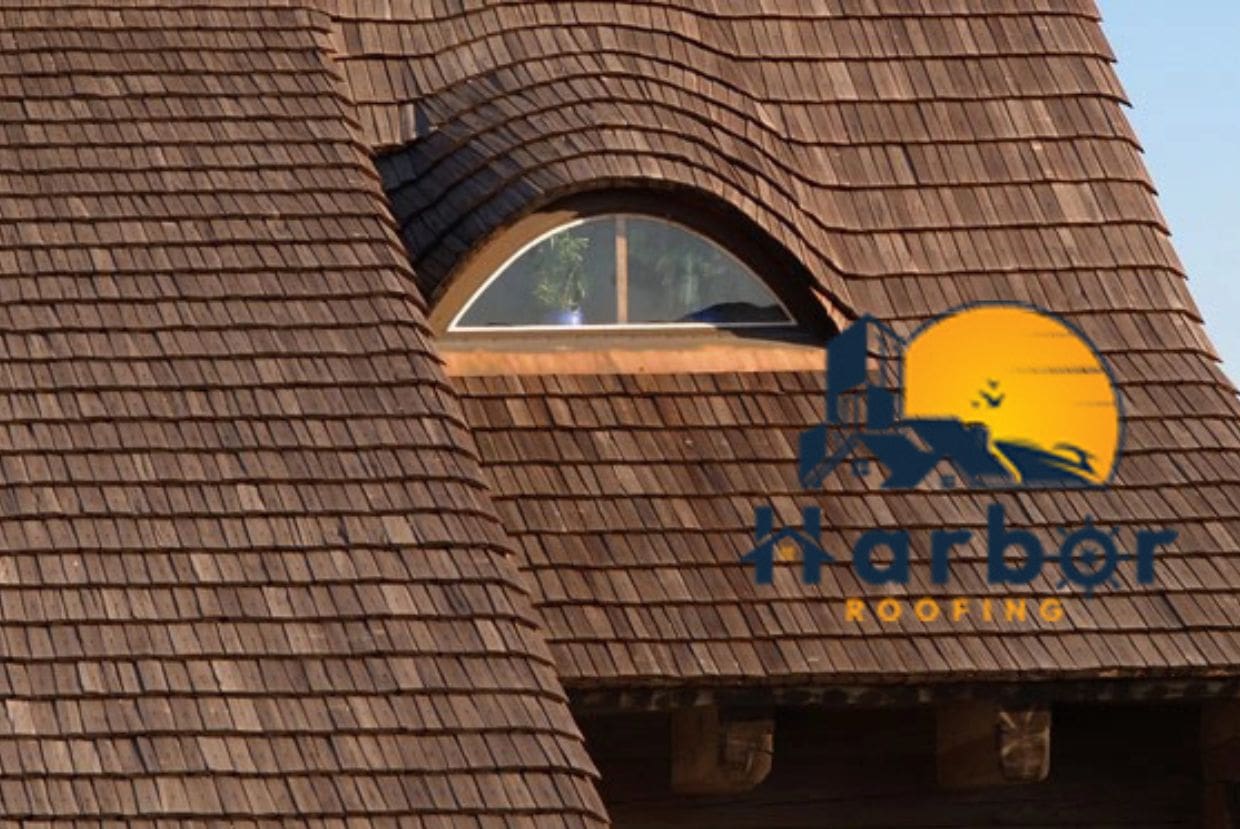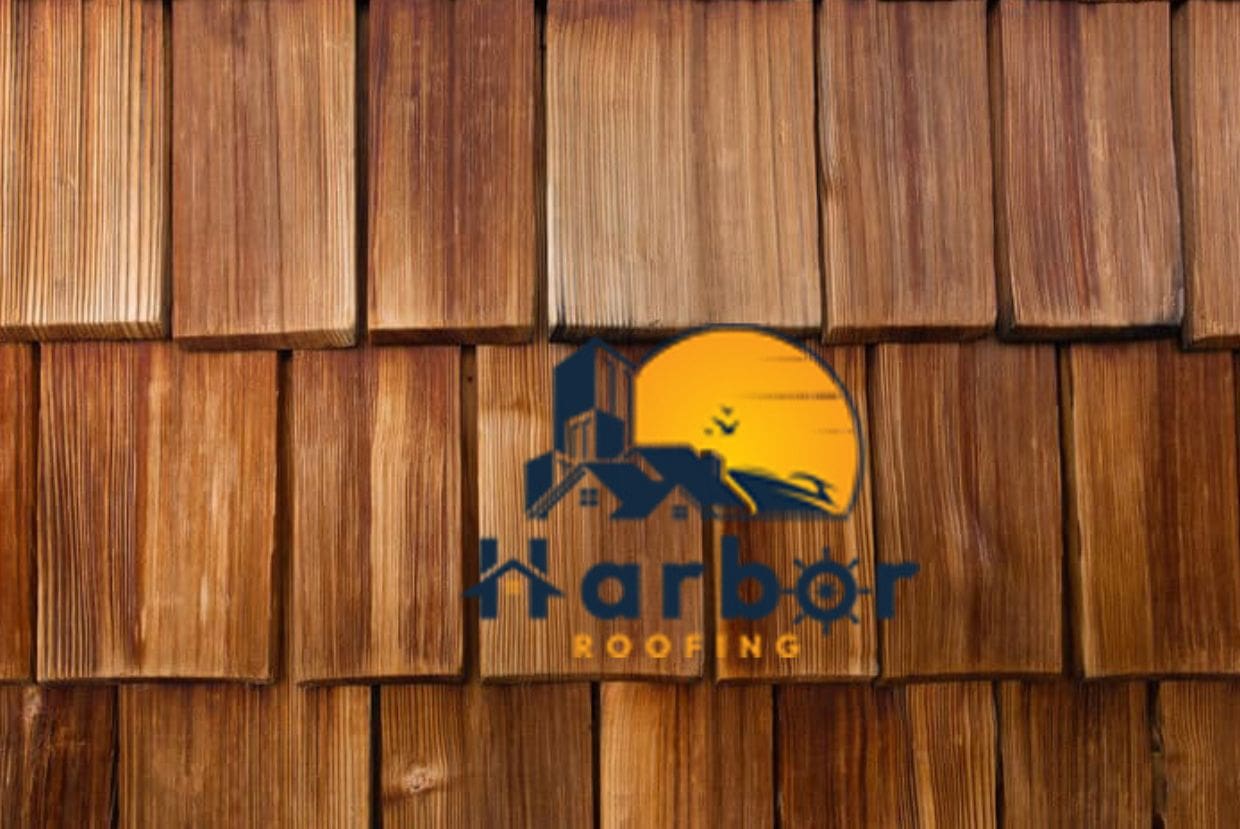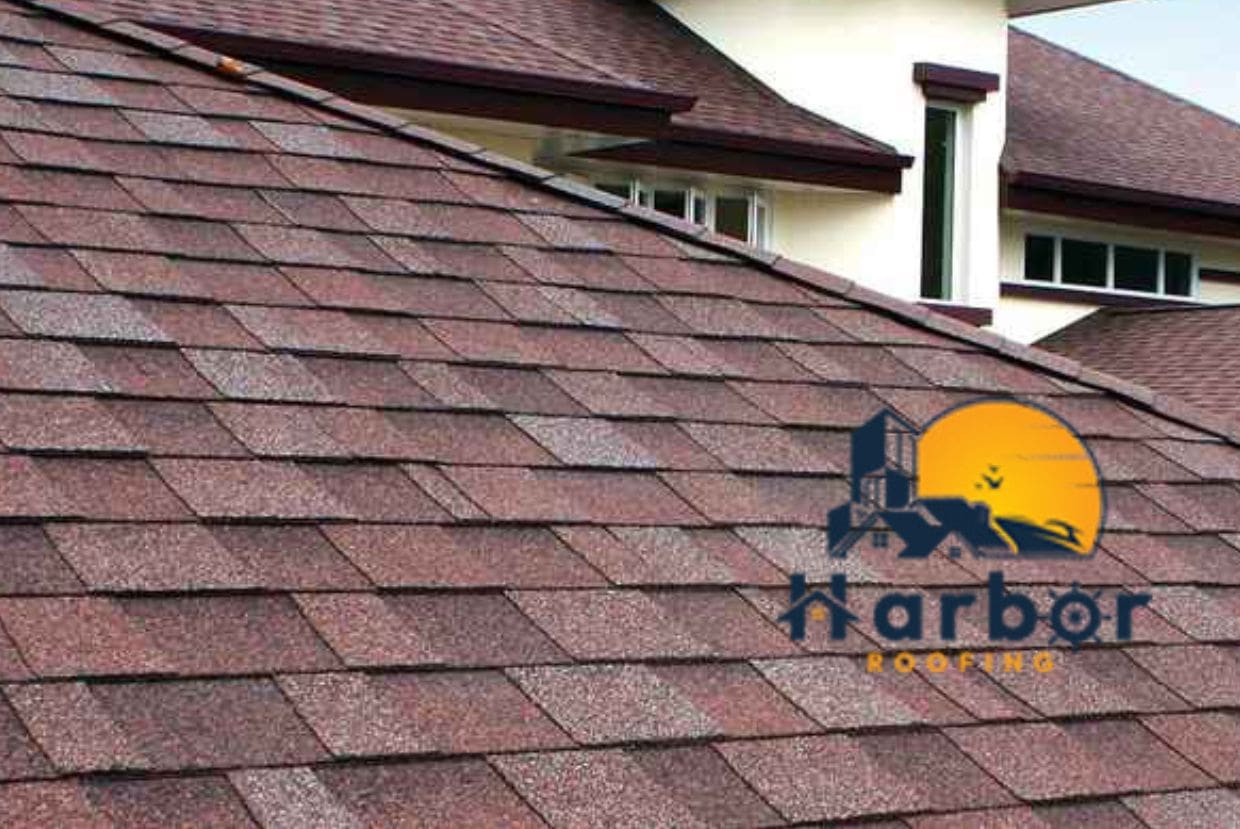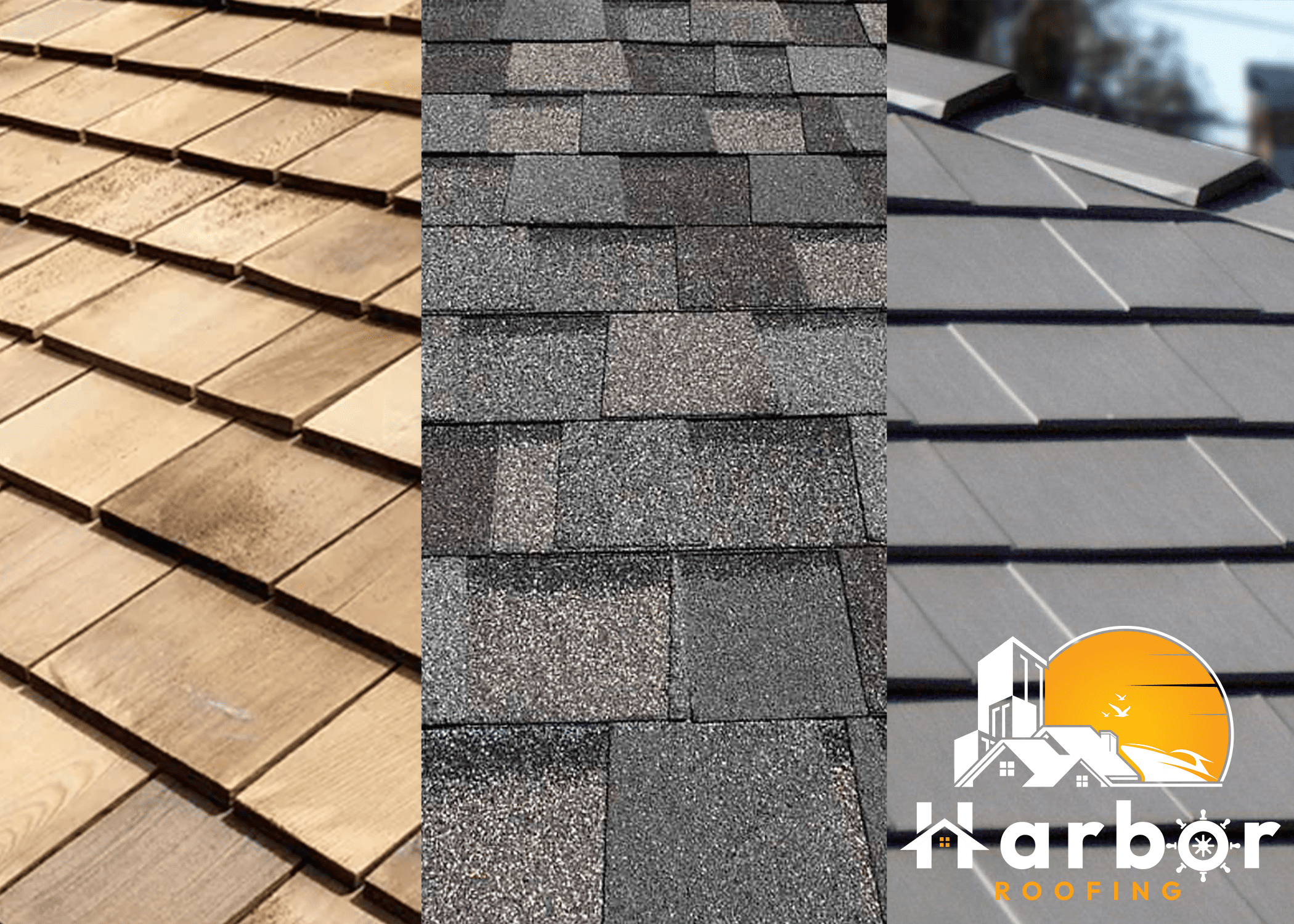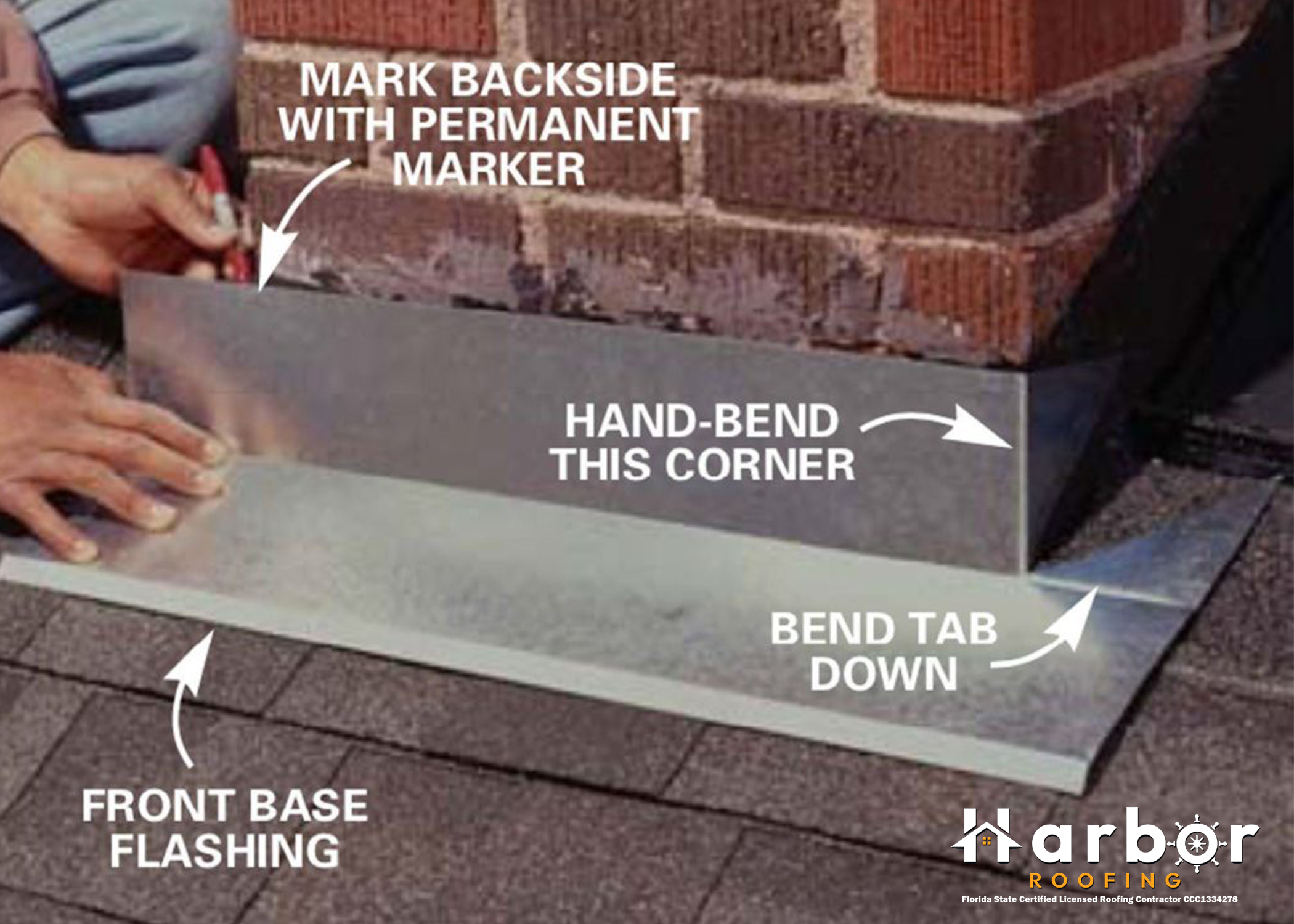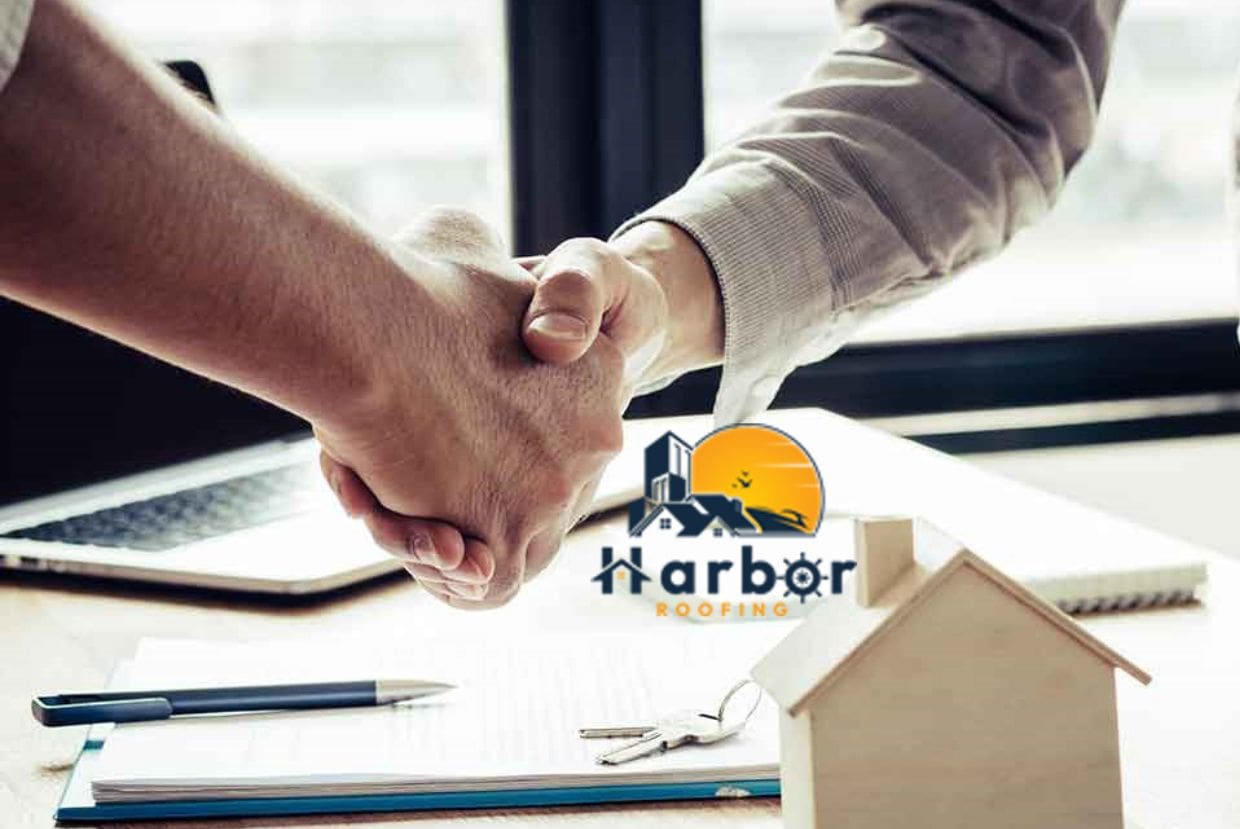Although every house has a roof, most people need help understanding what goes into making a roof that protects their home from the weather. Undoubtedly, the types of roofing underlayment, also known as roofing paper, are one of the most confusing parts of a roof.
There’s more to your home’s roof than just shingles. A crucial component of the roof that shields your house from several damaging factors is the underlayment. This guide will teach you everything you need to know about a roofing underlayment, from its definition to its types and their pros and cons.
What Is Roofing Underlayment?
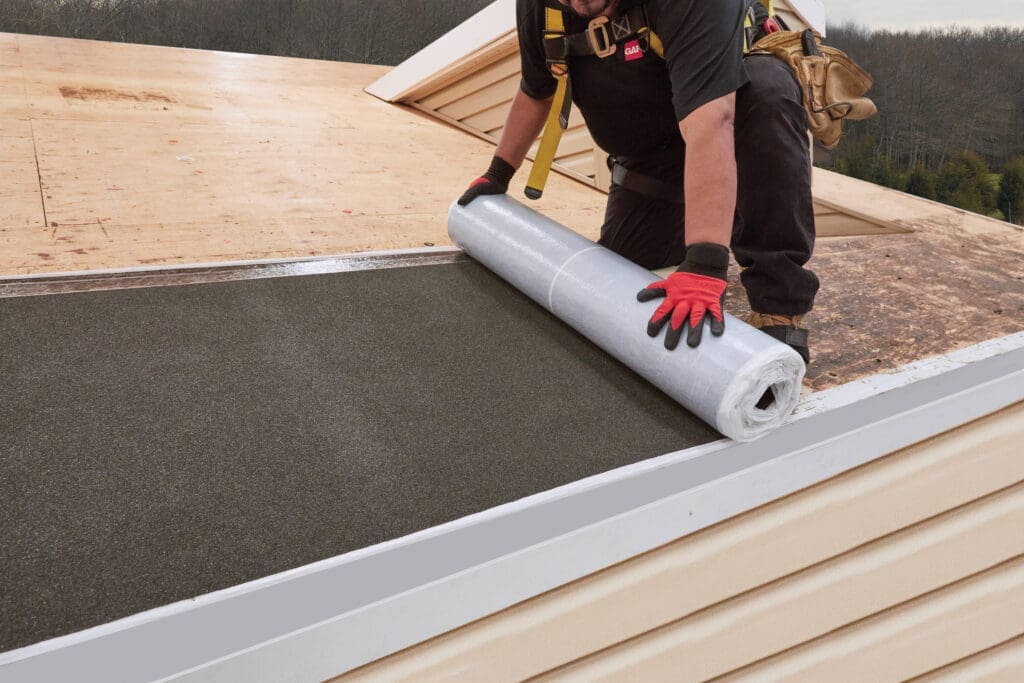
The material that is applied directly to your roof deck and is waterproof or water-resistant is called a roofing underlayment. Constructors place it below the roofing materials to defend against inclement weather, including wind, snow, and air.
It helps shield your roof from moisture and leaks by adding extra protection. It also provides your shingles with a sturdy layer to rest on. This is known as “picture framing” because it keeps the roughness of the wooden decking from showing through the shingles.
Why You Need a Roofing Underlayment
Roofing underlayment is necessary in many places. It is crucial because it protects your roof from rain and other inclement weather as a moisture barrier.
It supports the shingle work on your roof by adding an extra layer of protection. Your property’s first line of defense against hazardous factors brought on by inclement weather is its underlayment and shingles. They also resist wind, prevent precipitation, and reflect solar radiation.
Shingles, however, overlap and are not entirely sealed. Because of this, high winds can raise the shingles, making them susceptible to tearing off or infiltration. As they age, shingles also become brittle. The fallback defense if shingles fail is underlayment.
Types of Roofing Underlayment
Underlayment for roofs may be classified into three categories: felt, self-adhered, and synthetic. Each has advantages and disadvantages; the kind you select will often depend on your local building laws and regulations and what your roofing contractor is comfortable working with.
Felt Underlayment
Felt is one of the most traditional kinds of underlayment for roofs. Common names for it include felt paper and tar paper. Its construction helps with water resistance by using paper that has been wet with asphalt or an organic mat.
There are typically two standard weights of felt underlayment available: 15 pounds per 100 square feet, or 15 pounds per felt. The No. 30 felt weighs 30 pounds per hundred square feet. No. 15 may be appropriate for light-weight applications. If you expose it during installation, it can soak up water and get wrinkled. It is also prone to tearing easily.
Contractors may advise homeowners to use No. 30 felt instead of No. 15, which is more resilient. Like any underlayment material, you can place it in many layers for extra protection.
When dealing with slate or tile shingles, certain roofing professionals frequently use felt underlayment, while others recommend self-adhered underlayment. The country’s geographical location may have an impact.
Pros
- Lower cost: conventional felt underlayment is frequently the less expensive choice.
Cons
- Tears quickly: Felt is brittle and somewhat inflexible, which makes it prone to rips and tears.
- Slippery surface: It has a slippery surface, which poses a fall risk and might be challenging to walk on.
- Doesn’t lay as flat: Felt can wrinkle, become challenging to work with, and put shingles over, especially after water exposure.
- Can get easily damaged: It can’t be kept out in the sun for extended periods, as this might cause it to dry out or leak oils that could weaken the material even more and/or produce stains.
- Hefty: Felt is a substance that is challenging to handle and move due to its heavy weight.
Self-Adhering Underlayment
Self-adhering underlayment, sometimes called peel-and-stick roof underlayment or ice and water protector, is a particular kind of underlayment with an adhesive backing. This type of underlayment is a water-resistant option for roofing underlayment because it has large proportions of rubber polymers and asphalt.
Peel-and-stick underlayments can attach to the roof deck because of their sticky backs. This adhesive backing separates the roof deck and underlayment from the elements.
This underlayment is intended to shield the roof from harm in areas where water typically gathers or where roof deck penetration occurs. Such regions include vents, chimneys, eaves, valleys, and skylights.
In areas with typical severe winter weather, self-adhered underlayments are pretty beneficial.
Polyester or granulated polyethylene materials may be present on the upper surface of this kind of roofing underlayment to offer weather-resistant properties. Additionally, it produces a non-skid surface intended to make roofers’ work safer because it may be more comfortable for them to walk on.
Pro
- Eco-friendly: One of its most interesting aspects is that it is ecologically friendly. For several reasons, people consider self-adhering roofs “green.” They don’t include volatile organic chemicals to begin with. Furthermore, as most of this roofing is recyclable, you don’t have to throw your old roof in the trash after its useful life is up.
- Not messy: Due to their extreme ease of installation, peel-and-stick roofing systems minimize installation expenses for you and leave your contractor with no mess. In summary, peel-and-stick roofing requires less work than other types of roofing.
- Economical: This underlayment type is among the least expensive roofing systems available. However, the financial advantages go beyond the purchase price. Extreme weather, such as intense heat or cold, is not a problem for self-adhered roofing. This sort of roofing will benefit your air conditioning and heating systems, as it won’t hold excessive heat or cold. This translates to you paying less for utilities.
Cons
- Needs several coatings: Although applying self-adhered roofing is simple, it does take several coats to finish it. Even though it may not seem like a big deal, this is something to think about when choosing self-adhered roofing.
Synthetic Underlayment
Synthetic underlayment has been a popular choice for homeowners in the last ten or so years. The majority of synthetic roofing underlayment is made up of numerous layers of different polymers woven together. At the same time, certain manufacturers may use different materials.
Generally speaking, synthetic underlayments provide several benefits.
Pros
- Durability: Compared to felt, synthetic felt ages more slowly.
- Lies more flatly on the roof: Synthetic underlayment is easier to roll out and lighter than traditional underlayment, making it easier to put shingles on your roofing deck.
- Moisture-resistant: While it’s not totally waterproof, synthetic polymers are exceptionally water-resistant, protecting your property from leaks in hail-affected areas.
- Safety: Because synthetic roofing underlayment is inherently non-slip, it’s a considerably safer material to work with and walk on.
Cons
- Potentially more costly: synthetic roofing underlayment often costs slightly more than felt. Still, this difference may not matter for your project.
How to Choose the Most Suitable Roofing Underlayment for Your Roof

It might be tempting to only consider the material on the outside of the roof, but the inside is just as important for how well it works, how long it lasts, and how it looks. But choosing the right underlayment is also essential to ensuring your roof will keep doing its job for years.
Here are some tips to help you pick the best underlayment for your needs:
Think about the weather. If you live in a place with bad weather, you might need a stronger underlayment to keep water out of your home.
Consider your roof type. Some roofs, like metal roofs, need special underlayment to prevent damage. So, if your roof is flat, you might need a different underlayment than for a steeply pitched roof.
Do not forget to take the price into consideration. It’s crucial to pick the underlayment that fits your budget.
Regarding the type of top roofing material and the slope, there are best ways to put different types of underlayment. For example, you should overlap at least 19 inches of felt underlayment courses on roofs with low slopes. On the other hand, you should overlap felt underlayment courses by only 2 inches on high roofs.
Similarly, depending on the situation, you can use nails, plastic caps, or windstrips to hold the underlayment in place.
Conclusion
Roofing underlayment can help your roof last longer, keep your home safer, and keep water out. Stopping water from getting in is always easier than fixing or fixing up damage that costs a lot. So, getting an underlayment that best suits your home or building is essential.
Frequently Asked Questions
Is roof underlayment necessary?
To withstand heavy wind gusts, rain, snow, leaks, and water damage, every roof needs a sturdy underlayment. The type of roofing underlayment that should be installed, and if it is necessary, will depend on your local building codes.
How long does synthetic metal roof underlayment last?
One good thing about synthetic underlayment is that it lasts a long time. Felt underlayment only lasts 12 to 20 years, while synthetic underlayment has 25 to 50-year warranties. Synthetic underlayment can also be left out in the open for months. On the other hand, felt shouldn’t be left out in the open for long periods. If your job can’t be finished immediately, it is something to be worried about.
Should you put peel-and-stick underlayment on the entire roof deck?
Certain conditions may allow you to cover the whole deck with peel-and-stick underlayment, and specific construction rules may even demand it. Generally speaking, you shouldn’t cover the entire roof deck with peel-and-stick underlayment.
How much does synthetic roof underlayment cost?
Depending on the product’s longevity and adhesiveness—self or non-adhesive—the cost of synthetic roof underlayment can vary. Non-adhesive underlayment for 25 years costs between $1.15 and $2.20 per square foot. For 50 years, it costs between $.20 and $.25 per square foot. Self-adhesive underlayment for 50 years costs between $.55 and $.65 per square foot.
